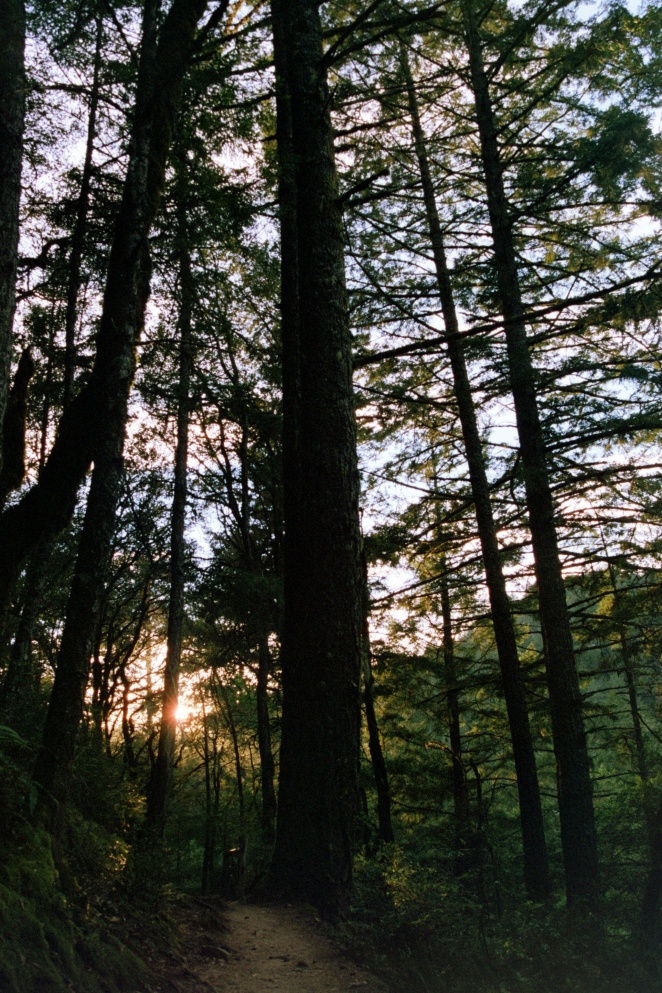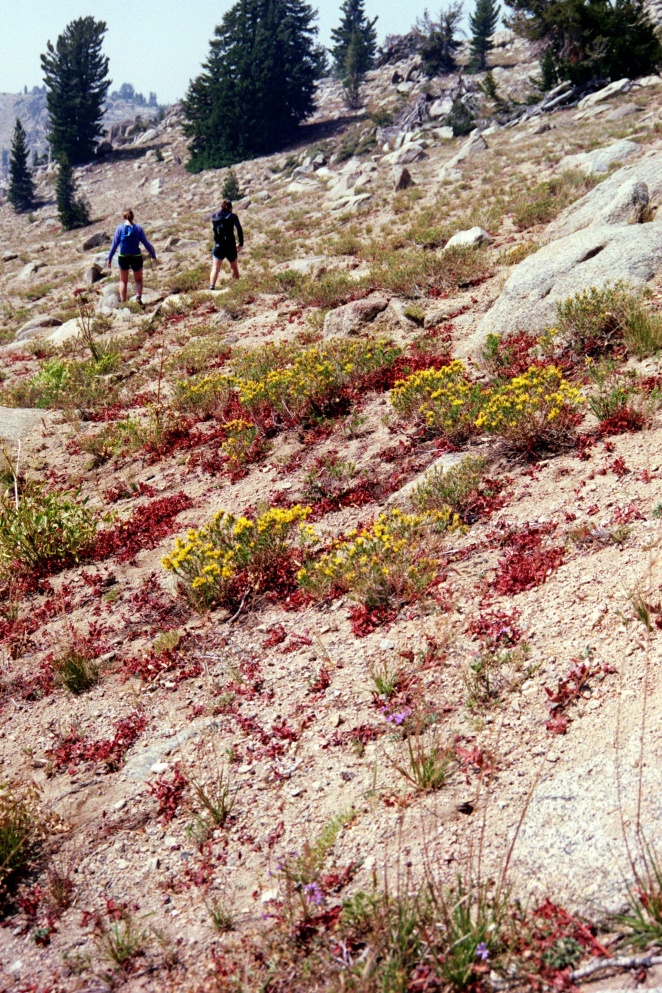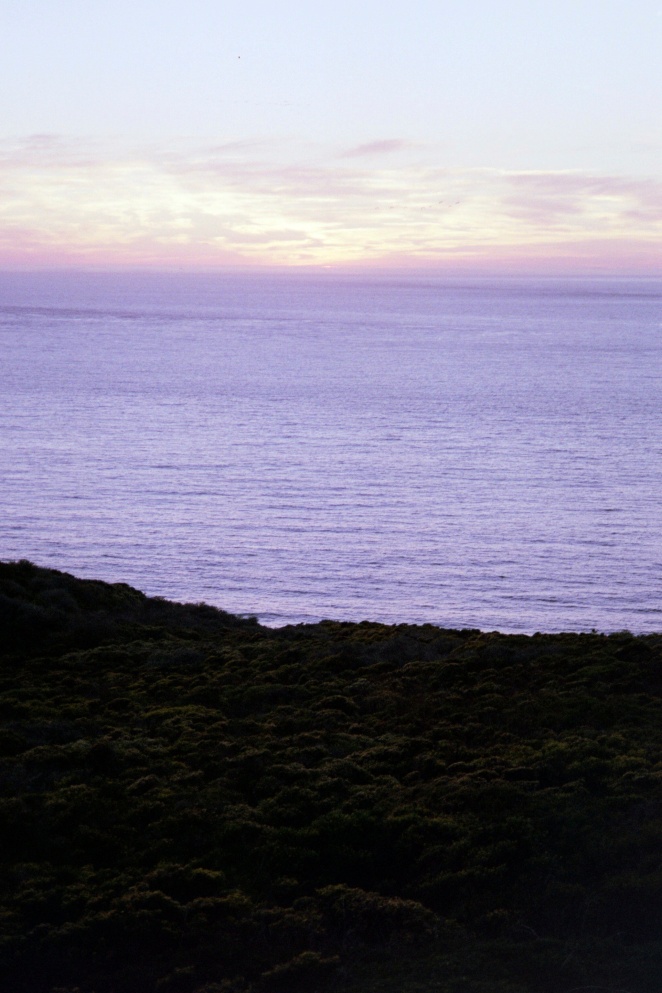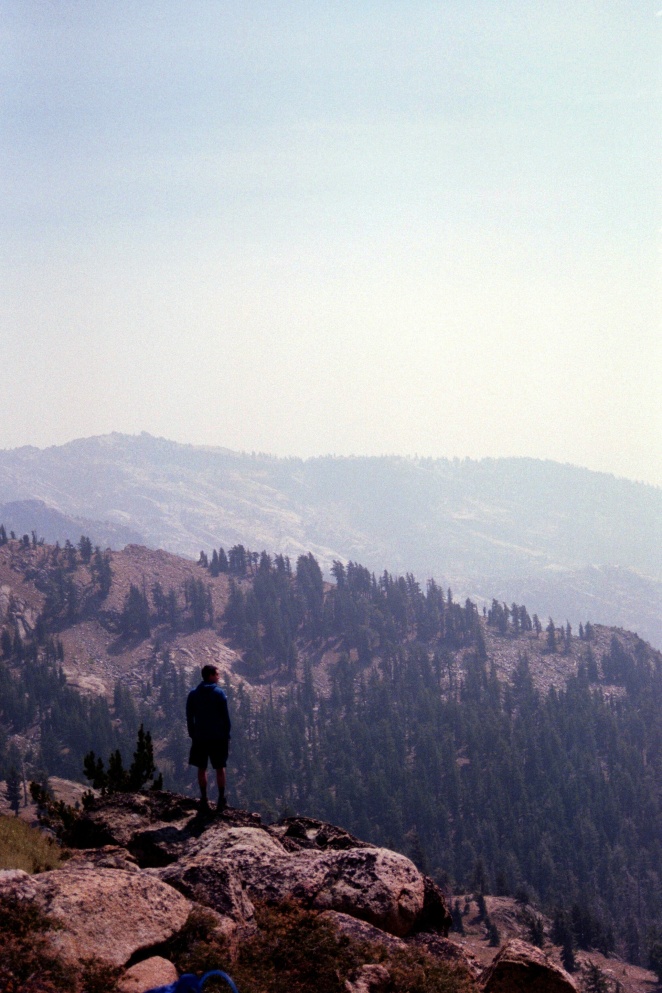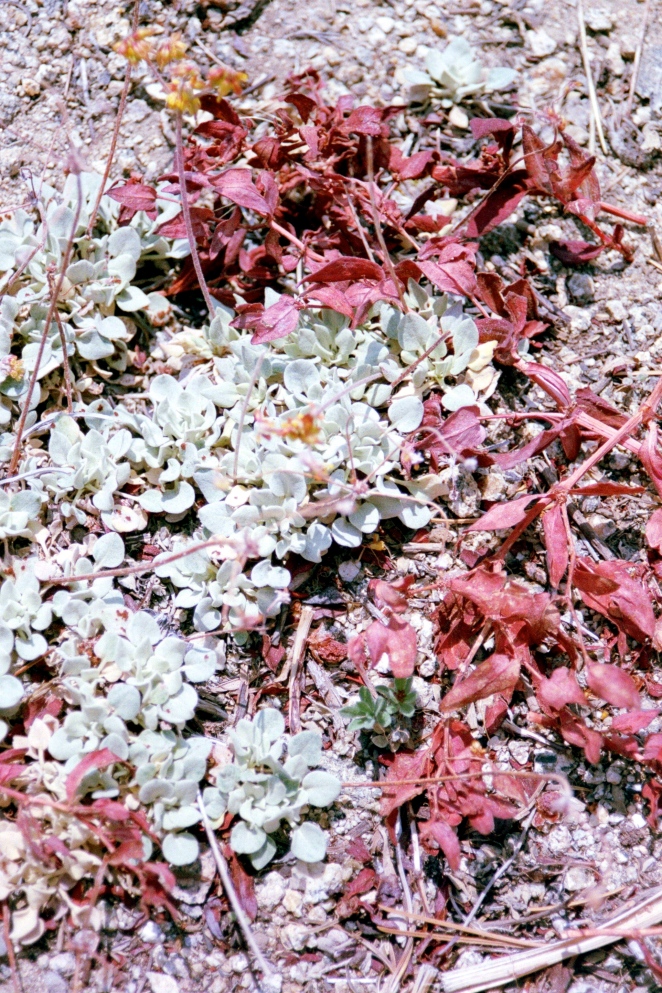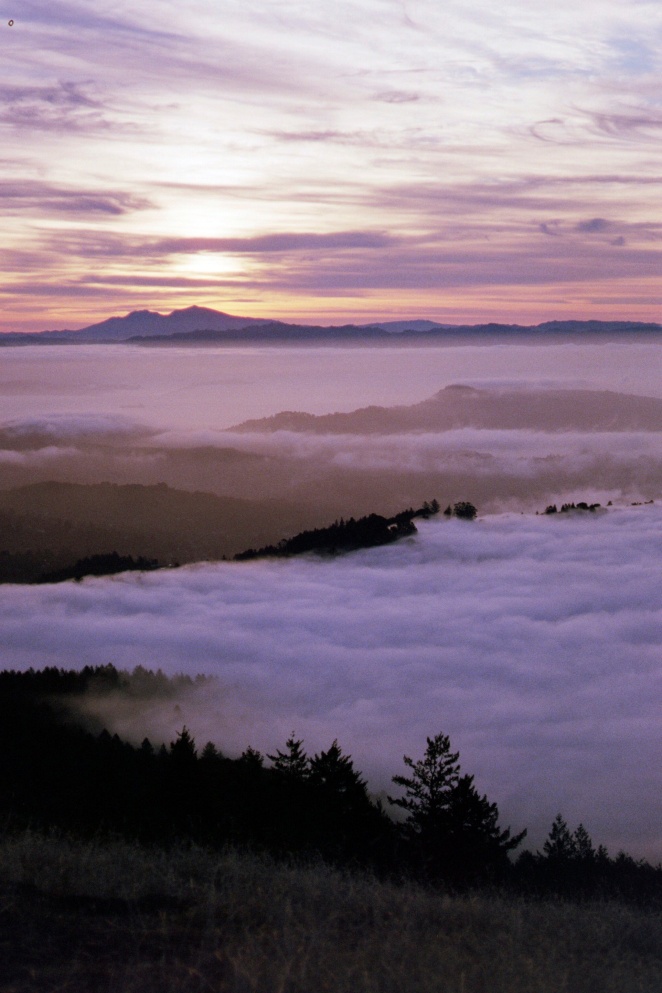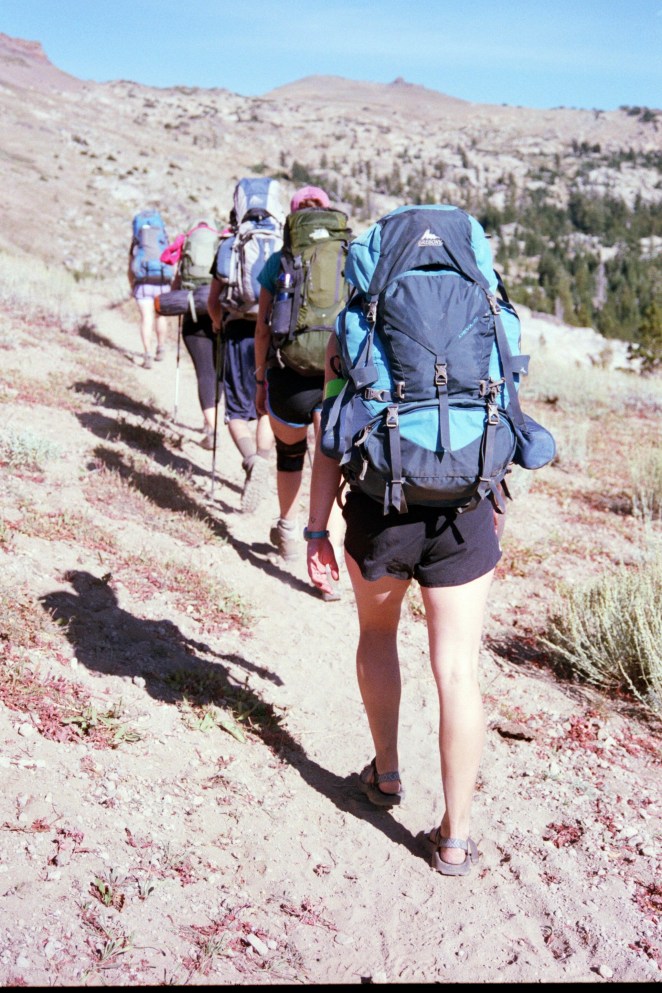This post is part of a series where Wild Wilderness Women is exploring the true definition of “babe” in preparation for our upcoming Babes Off the Beaten Path trip in Glacier National Park. Please consider supporting the babes forging paths for other outdoor women by making a donation on our fundraising page. If you’d like to share your words on “babe-dom” with us, please contact us!
Submitted By: Nicole Lesnett, VP of Engagement & East Bay Chapter President
I’ve been wondering why going to Montana for this first annual Wild Wilderness Women trip is important to me.
My first ever backpacking experience was a five-day hike through Stanislaus National Forest with U.C. Davis Outdoor Adventures. Thinking back, I made a lot of mistakes. I remember reading the clothing section of the packing list and assuming that it meant one shirt, one pair of shorts, and one pair of socks for every single day. I remember dividing up the food and not understanding why no one else grabbed the oranges and avocados. I remember trying not to cry the first day as we hiked five miles uphill in high elevation, my pack weighing over 50 pounds and resting completely on my shoulders rather than my hips.
There were so many moments where I did not believe I could continue. But as the days went on and we covered more and more miles, as we were shown how to wear our packs properly and devoured the food, as I shared my clean clothes and nursed my bruised collarbones and developed blisters, I found that I could do it. When the other participants and I finished the trail, we bought a gallon of chocolate ice cream and ate it in ten minutes flat. I was beyond content, I was sore and relieved and proud, and I was surprised to learn how disappointed I felt that it was over.
Going on that initial trek was a privilege in many ways. I was fortunate enough to have some money from graduation to cover the trip fees, and to borrow most of the necessary gear from my outdoorsy momma. It was also a privilege to experience this challenging and awesome excursion with mostly women (though you were an irreplaceable, spectacular guide, Marshall!). Not once, with the exception of my own critical mind, was there a trace of doubt that I was capable of completing the trail. This has set the precedent for all trips since then—that women, new to backpacking or not, are unquestionably capable of such things.

Seven years and a dozen excursions later, this notion has certainly been tested.
There was the time that my friends and I brought about half the food needed for the six of us, and desperately shared one bag of salad between us for dinner on the last night. I’ve had a lot of good burritos in my life, but the one I had for lunch after getting off that trail was something else.
There was the time that two of us set out to tackle the Presidential Range in New Hampshire and were up on the ridge, much farther behind on the route than anticipated, when we learned that thunderstorms were rolling in. We got desperately lost trying to get to shelter, and when we arrived, didn’t have enough cash for the little covered site. We stayed there anyway, but were woken up every few minutes as lightning illuminated the shelter and thunder shook the foundation. The next morning we donned our $5 ponchos—arguably the best $5 ever spent—and hiked four hours out to a small highway, where a sweet couple eventually, graciously gave our muddy selves a ride back to our car. Satisfied with our level of roughing it for the weekend, we ditched all previous plans and drove towards the hot showers awaiting us at a hotel room in Portland, ME.

There have been so many mosquito bites and steep hills that I wonder why I keep coming back to it. I suppose there is something insanely gratifying—and supremely funny, in hindsight—about getting through the unexpected elements of backpacking. Coupled with endless endorphins, gorgeous views, and lovely views, I realize over and over again that there’s many reasons I keep coming back to it.
My only frustration with this lucrative pastime is its inaccessibility. In my experience, it’s been easy to see that more often that not, I backpack with friends who are male, white, and/or middle-class. Needless to say, I love their company, but I’d also really love to go with my less wealthy, non-white, female friends too. It’s disappointing to see that “the outdoors” is frequently an exclusive place. Though in some fields it has begun to change, most outdoor sports are dominated by men. It feels starkly apparent each time I find myself bouldering or waiting for a wave, and realize I can count every single woman in a (literal) sea of dudes.
Misadventures Magazine, a publication “by and for adventurous women,” has some pretty enlightening graphics on gender representation in outdoor media. It’s also no secret that outdoor gear can be absurdly expensive, and that big name companies perpetuate needing the top-of-the-line equipment to do it right. Considering a range of supplies, this site found that the cost of buying the most essential components of backpacking gear could be anywhere from $300-$2,200, not to mention permits, gas, food, etc. for each excursion.
Ideal backpacking destinations are not exactly welcoming either. A heartbreaking article from Al Jazeera states that only 1% of national parks visitors are African-American, in part due to fear of racist treatment. It’s clear that backpacking can often require certain levels of privilege, and this isn’t right. Something so strangely wonderful shouldn’t be so exclusive.
What does this all have to do with being a part of “Babes Off the Beaten Path?” Naturally, I’m excited for another challenge in a completely new place. Mostly though, I’m looking forward to an experience with other women who want to change the notion of what backpacking has traditionally meant. Though I haven’t met them all yet, I admire each one for putting so much time and energy into something as challenging as weathering the elements while hauling a bunch of crap around. And more importantly, I admire them for wanting to make sure that any lady who wants to partake in this absurd, rewarding, life-changing activity can do it too.
This year’s group of gals may be a relatively privileged lot, it’s true. But hopefully we can still set a precedent that our activities are accessible to any self-identified woman, regardless of income or background. While there’s much more work to be done, establishing no barriers to participating in Babes Off the Beaten Path could be one step towards making the outdoors more inclusive.
